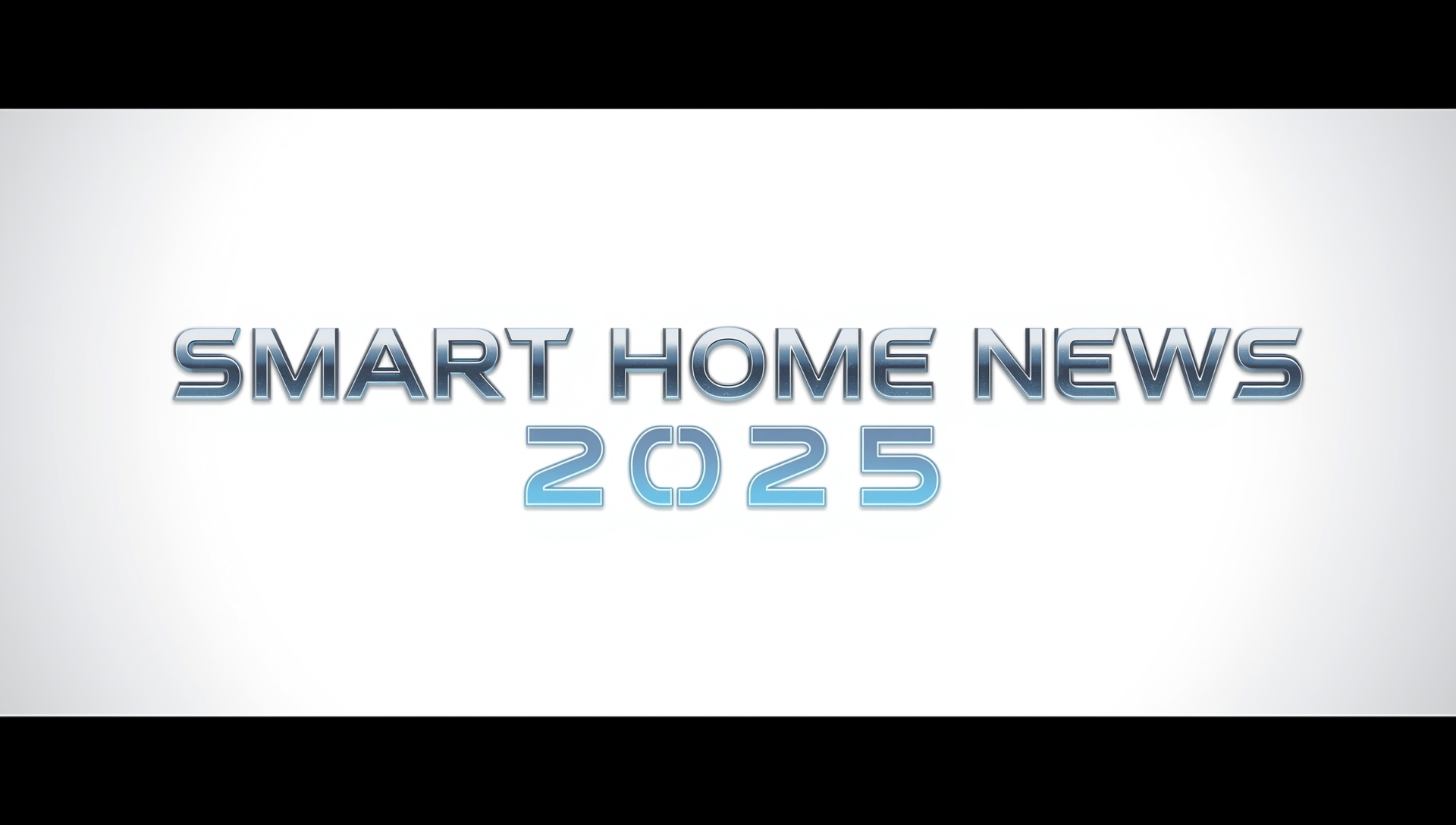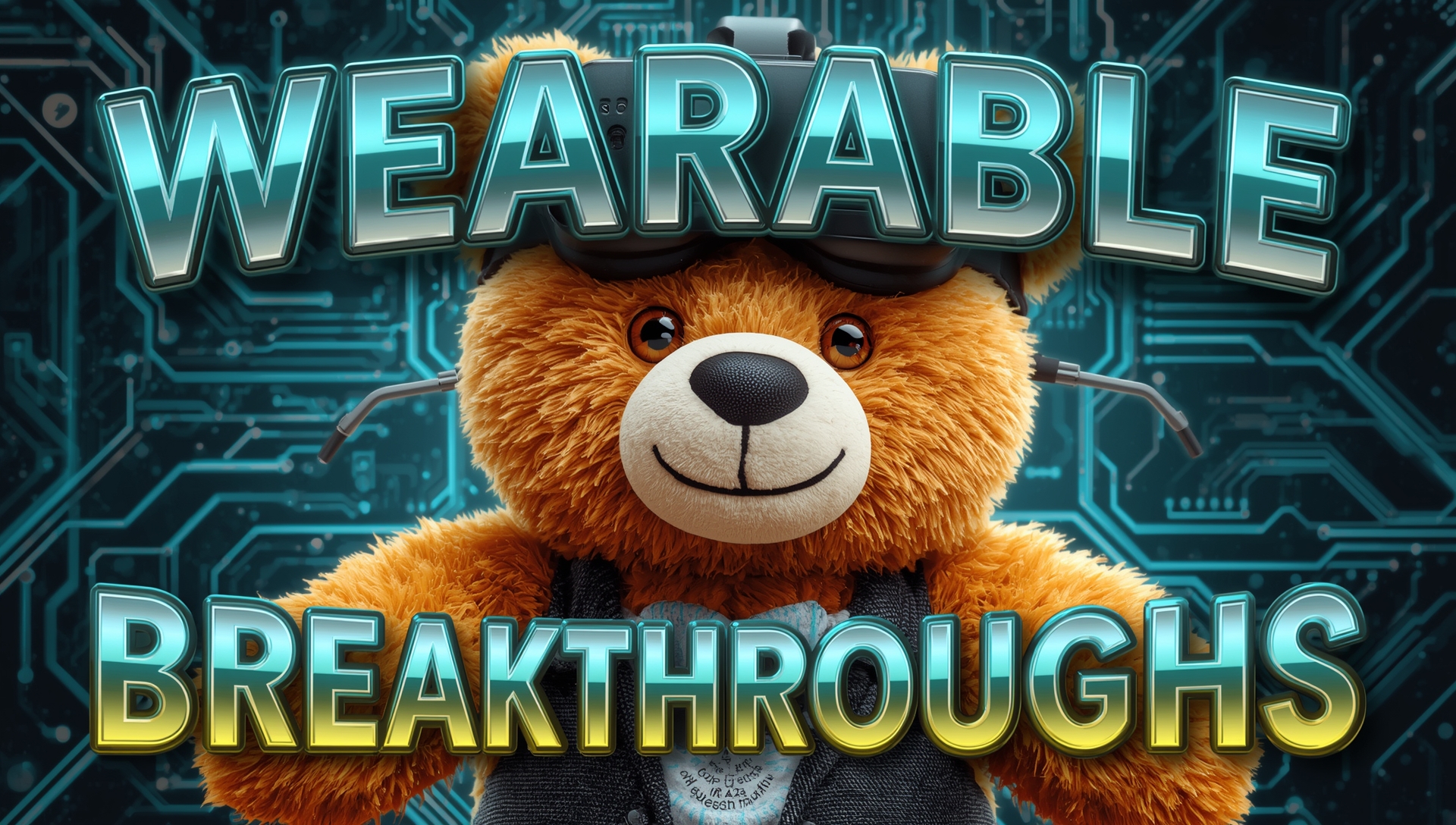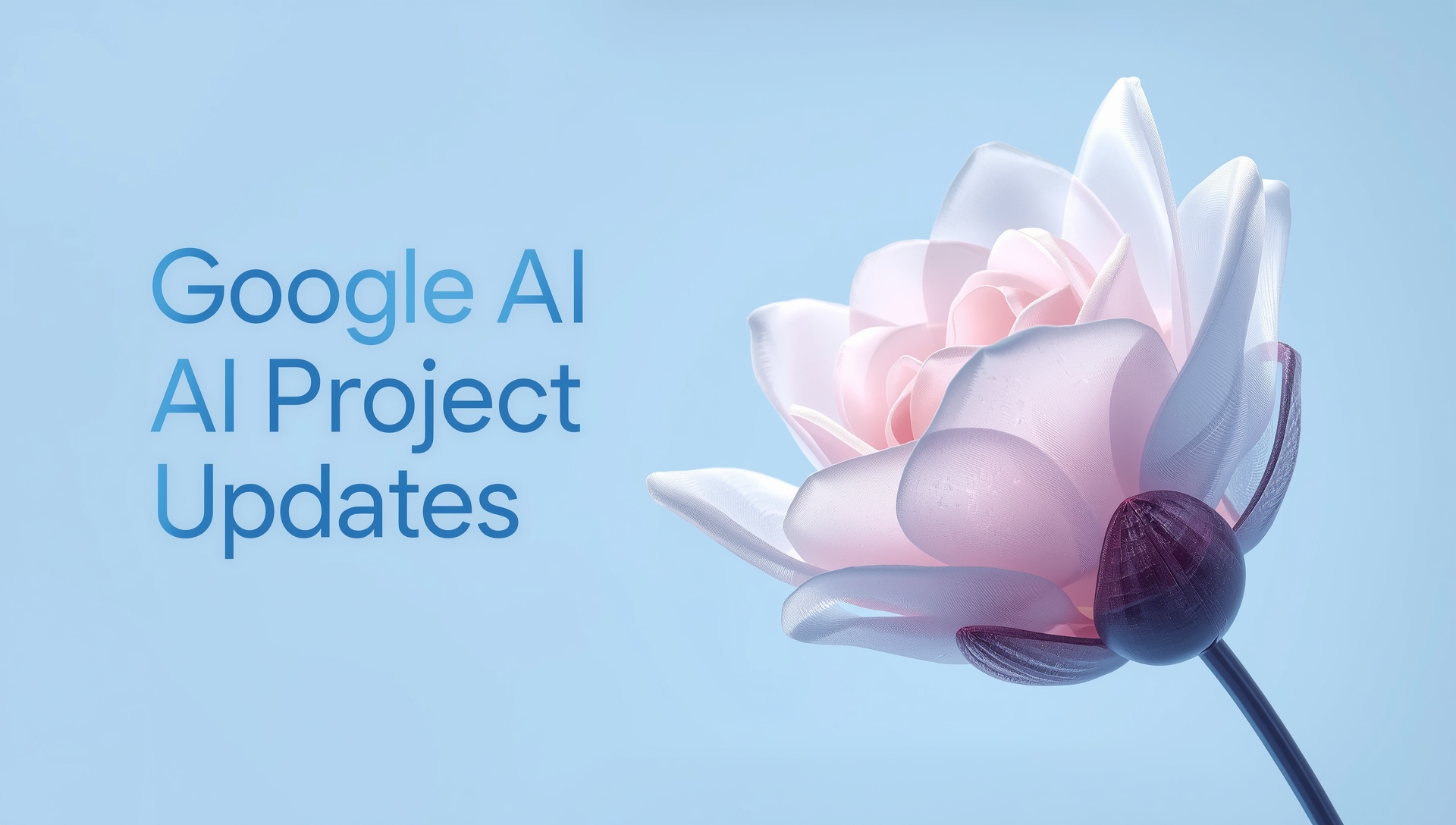2025 has been a major reset year for the smart home. Instead of showy one-off gadgets, the talk is about reliability, consistent standards, and assistants that feel more “human.
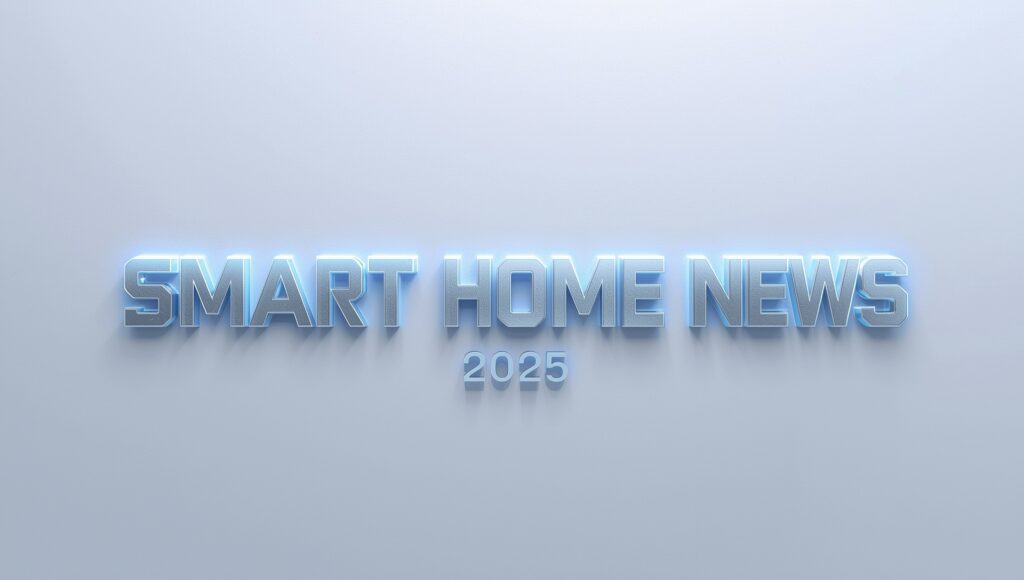
Matter grows up (eventually)
The main story is Matter’s maturity drive. In August, the Connectivity Standards Alliance shipped Matter 1.4.2, a behind-the-scenes upgrade focused on stability, security, and smoother onboarding rather than new device kinds. Expect fewer unpredictable disconnects, smarter router cooperation, and tighter security against cloned devices. It even offers Wi-Fi–only onboarding, which can minimize costs and inconveniences for manufacturers and users alike. Adoption still dependent on manufacturers pushing updates, but 1.4.2 is a definite step toward a “just works” experience. (The Verge, CSA-IOT)
Even better, Matter 1.5 is expected for fall 2025, with advancements rumored across cameras, energy, climate devices, and more. If you’ve been waiting for Matter to handle more of your home, 1.5 could be the tipping point. (CSA-IOT, Matter Alpha)
Alexa, Google Home, and SmartThings: platform power plays
Amazon Alexa+ rolled out extensively this year, delivering a more conversational, generative-AI assistant that’s faster at controlling devices and better at comprehending follow-ups. Early hands-on impressions include better speed for smart-home instructions and a more natural feel. For Prime users, Alexa+ is positioned as the default “do-everything” home agent. (About Amazon, TechCrunch, WIRED)
Google Home delivered a Spring 2025 refresh: a more customized Favorites tab, easier automations, and faster camera playback with decreased latency to first frame. It’s not a radical redesign, but it dramatically improves day-to-day control and camera reliability—key pain areas for many households. ([Google Home][7], [Google Help][8])
Samsung SmartThings doubled down on “connected living” with upgrades across automation, sleep wellness features, and increased Matter 1.4 support. Samsung also broadened its “Calm Onboarding” experience to other nations, making it simpler to get new devices online without the usual friction. If you live in Samsung’s ecosystem (TVs, appliances, phones), this year’s SmartThings improvements considerably smooth the experience. ([partners.smartthings.com] [9], [Samsung Newsroom][10])

What it means for you:
If you use Alexa, attempt routine “chaining” (one natural command that sets scenery, locks doors, and regulates climate). Google Home power users should revisit Favorites and re-record camera pictures; the speed gains are genuine. SmartThings families can lean toward Samsung-to-Samsung onboarding for the least trouble.
Apple’s late but ambitious drive
Apple spent 2025 spreading their AI-home vision rather than releasing masses of new products. Reporting indicates to a revamped, animated Siri, a Home smart display (aimed for 2026), a privacy-focused security camera, and even tabletop/wheeled home robots farther out. In short: Apple wants Siri to become the animated “face” of your house. Timelines run into 2026–2027, but the direction is evident. ([Tom’s Guide][11], The Verge, MacRumors)
CES 2025 and the device landscape
At CES 2025, the theme was “Matter everywhere”: hubs and doorbells that double as multi-radio centers (Thread, Wi-Fi, Zigbee), with mmWave presence detection and on-device AI coming up in more gear. The takeaway: new technologies are becoming smarter bridges, not just endpoints, enabling whole houses feel snappier and more private. (Matter Alpha, matter-smarthome, AppleInsider)
Security cameras also surged, with 2025 buyer’s guides stressing broader 2K/4K options, solar power, and mixed subscription models (local storage vs. cloud AI). If you’ve hesitated on cameras, this year provided greater variety at every budget. (TechRadar)
Open-home momentum
On the DIY side, Home Assistant kept launching at a dizzying pace, adding Matter device support and extending media and ecosystem integrations. The open-source path still needs tweaking, but 2025 releases promise more refinement and breadth for power users designing vendor-neutral houses. (Home Assistant)
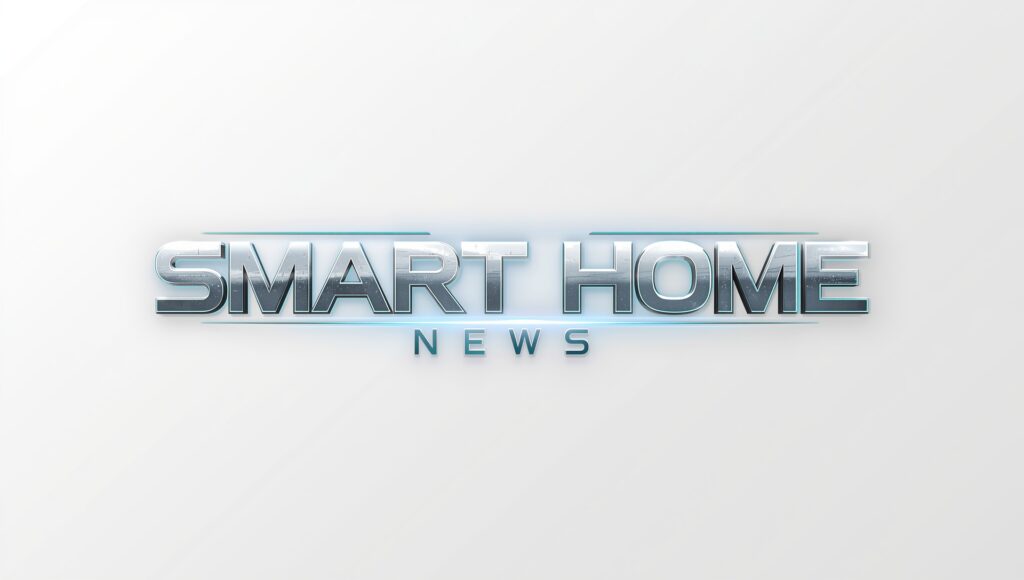
Final thought
Smart home technology in 2025 illustrates that innovation is no longer a luxury but a lifestyle need. From AI-powered assistants to energy-efficient appliances, the latest smart home news showcases a future of ease, sustainability, and security. As devices become more linked, homeowners enjoy personalized living experiences while lowering expenses and environmental impact. However, data privacy and affordability remain important challenges. The concluding perspective is clear: embracing smart home trends in 2025 requires integrating cutting-edge technology with ethical use, ensuring that digital comfort enhances everyday living without compromising trust or accessibility.
